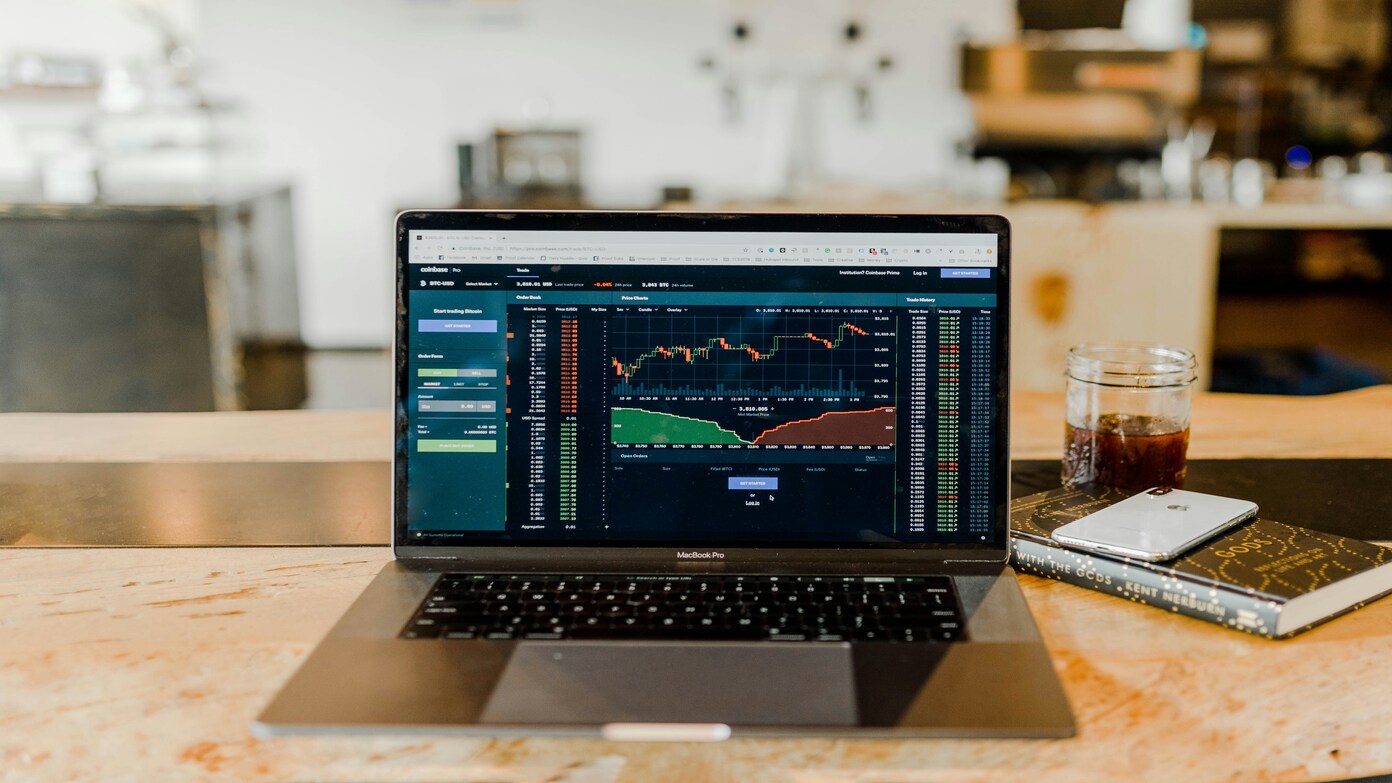Short-term disappointment, but long-term victory story
Eli Lilly was in the headlines lately — and not just because of its blockbuster weight-loss drugs. Last month, the company’s shares tanked when the company announced its second-quarter profits. Why? Investors were disappointed with the performance of one of the company’s test oral weight-control drugs.
While Eli Lilly actually reported strong earnings and sales and even increased its full-year forecast, the market reacted negatively to the disappointing clinical data. But for patient investors, this short-term decline doesn’t erase years of success.
If you had invested $1,000 in Eli Lilly (NYSE: LLY) five years ago, you’d own a small fortune today.
How much would your $1,000 be worth today?
Over the past five years, the stock price of Eli Lilly has appreciated by as much as 320%. If dividends are added to the picture — small cash amounts paid to shareholders by companies — then the combined increase works out to a staggering 347%.
So if you had invested $1,000 in Eli Lilly five years back, the same $1,000 today would be worth an estimated $4,472.
That’s a return of nearly $3,500—not too shabby for simply holding on to one company’s stock.
Read this later: Vets hit back at claims of widespread fraud in medical claims
Why is Eli Lilly succeeding?
Eli Lilly’s recent good performance can be traced to its healthy showing in several very significant markets, most importantly, obesity and diabetes medications.
The company’s injectable drug Zepbound has been an enormous success story, turning into one of the leading treatments for weight management. The demand for these types of drugs has been astounding, with increasing numbers of people and doctors recognising their effectiveness.
Eli Lilly also produces a number of its top-selling drugs that treat diabetes, cancer, and autoimmune diseases. Those medicines, as well as a strong research pipeline, have helped drive record-breaking revenue and a market value of around $789 billion, making it one of the world’s largest pharmaceutical firms.
Why did the stock fall recently?
Even with all of that success, Eli Lilly stock collapsed after its latest earnings announcement. The problem wasn’t its profits – which were strong – but the performance of one of its next-generation drugs.
The company has been developing an oral version of its weight-loss medication, Orforglipron. The drug did make patients lose weight recently during trials, but not quite as much as the company’s injectable product, Zepbound. Investors had expected similar or better results, so the disappointing news triggered a short-term sell-off.
However, analysts believe that Eli Lilly remains well-placed to capture the diabetes and weight loss space. Even if its oral therapy takes a longer period to develop, the company’s existing drugs are still performing fantastically.
Must read: Goodbye to loud ads on Netflix, Prime Video, and Hulu – California bans these formats starting July 1, 2026
Is Eli Lilly stock a good buy?
Some analysts think the recent withdrawal of Eli Lilly represents a buying opportunity for long-term investors. The company, after all, is still growing swiftly, raising its full-year sales forecast from $58 billion to $61 billion to $60 billion–$62 billion.
The short-term dip in the share price may simply be the market responding over the short term. For those who believe the company has long-term worth — and the capacity to innovate within a rapidly growing healthcare sector — now may be the time to get in ahead of the next rally.
What can investors learn from Eli Lilly’s rise?
Eli Lilly is a great example of being patient when it comes to investing. Even with the occasional bad report and short-term stumbles, long-term investors have been amply rewarded.
A 347% return over five years means that holding on to solid companies — especially those in critical industries like healthcare — can be very rewarding.
Although the stock market will forever experience its swings, the success of Eli Lilly proves that it is possible to turn a $1,000 investment into thousands more with a focus on solid fundamentals, innovation, and long-term expansion.

